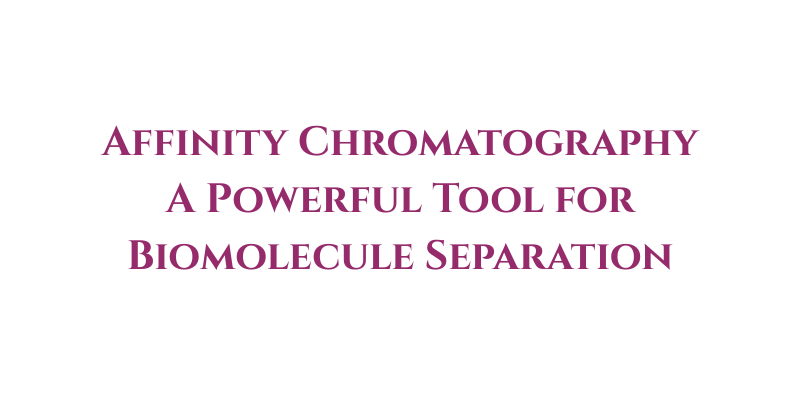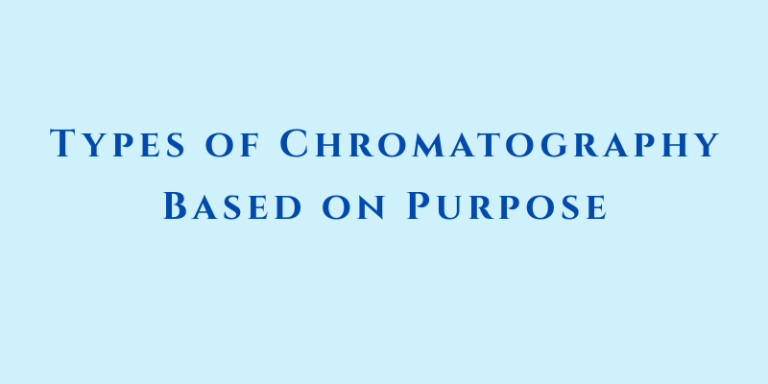Affinity Chromatography: A Powerful Tool for Biomolecule Separation
Affinity Chromatography is one of the most powerful and precise techniques for the analysis and separation of biomolecules such as proteins, enzymes, and antibodies. Due to its high specificity and ability to isolate specific compounds from complex mixtures, it is highly popular in pharmaceutical industries, biotechnology, and biological research.
Principle of Affinity Chromatography
In this method, a ligand (a receptor molecule) that specifically binds to the target molecule is attached to a matrix or stationary phase. As the sample passes through the chromatography column, the target molecules bind to the ligand, while other compounds are washed away. The target molecules are then eluted using a wash solution.
Advantages of Affinity Chromatography
- High specificity: The technique’s ability to use specific interactions between the ligand and the target molecule allows for very precise and specific separation.
- High purity: The final product is usually highly pure, which is crucial for research and drug production.
- Reduced time and cost: Due to its specificity and efficiency, separation time and cost are reduced compared to other methods.
Applications
- Protein purification: Such as antibodies and enzymes.
- Molecular structure determination: Assisting in identifying molecular interactions.
- Drug and vaccine purification: In the pharmaceutical industry for the production of biological drugs and vaccines.
Challenges and Limitations
- High cost: The equipment and materials needed for this technique can be expensive.
- Technical expertise required: Designing and properly executing this technique requires significant technical knowledge.
- Ligand immobilization: The ligand must be appropriately and firmly attached to the matrix to prevent loss during the wash process.
Conclusion
Affinity Chromatography, as one of the leading methods for separating biomolecules, plays a vital role in advancing biological sciences and pharmaceutical industries. Despite the existing challenges, its advantages in high purity and specificity have made it an essential tool in biochemical and biotechnological laboratories.
Read also:







